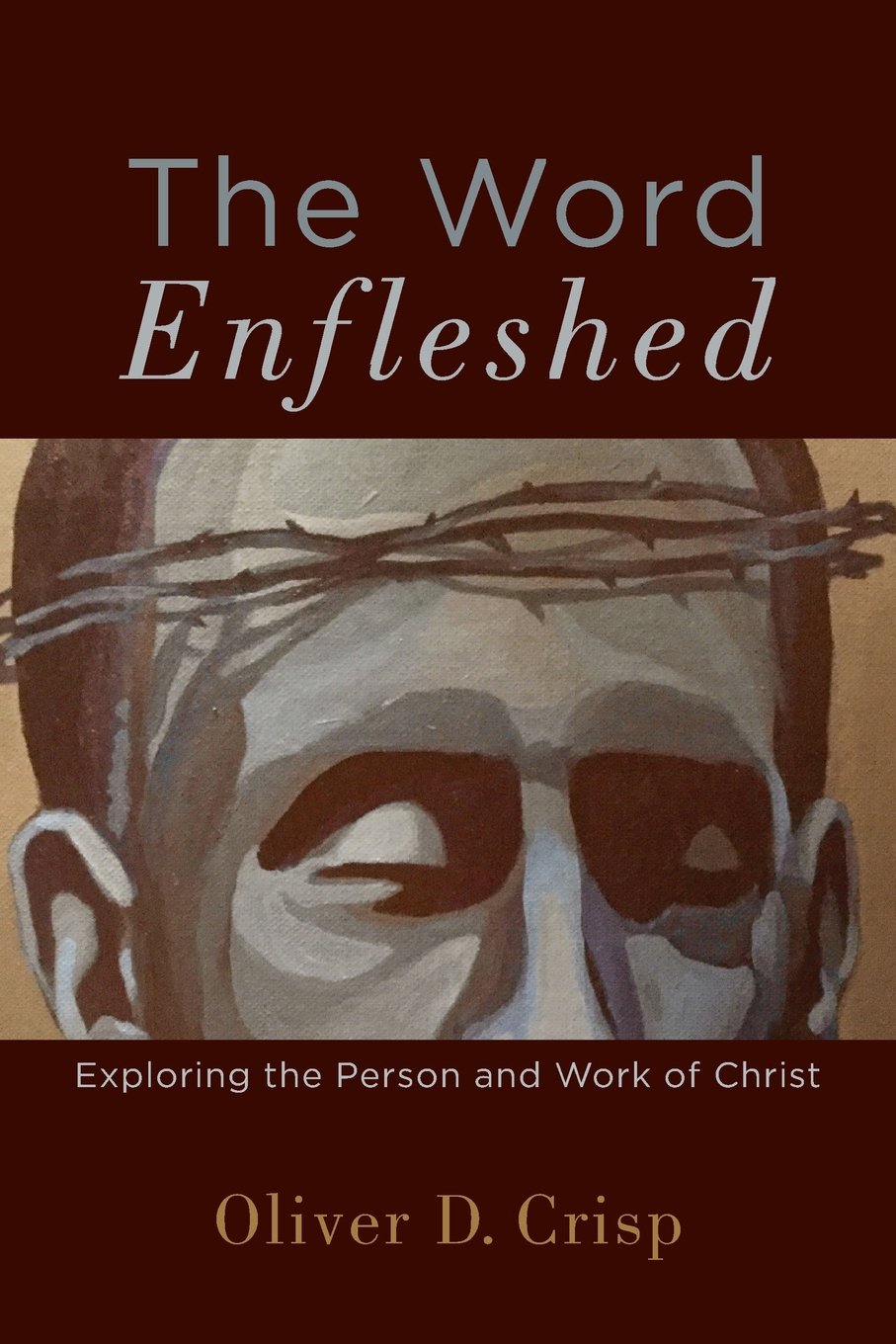A Brief Book Summary from Books at a Glance
Author Notes
Oliver D. Crisp (Ph.D., King’s College, University of London) is professor of systematic theology at Fuller Theological Seminary. He has also taught at the University of Bristol, the University of St. Andrews, and Regent College. Crisp has authored or edited numerous books.
Table of Contents
Preface
1. The Eternal Generation of the Son
2. Christ Without Flesh
3. Incorporeality and Incarnation
4. The Christological Doctrine of the Image of God
5. Desiderata for Models of Hypostatic Union
6. Compositional Christology
7. The Union Account of Atonement
8. The Spirit’s Role in Union with Christ
9. The Nature and Scope of Union with Christ
Summary
Chapter One: The Eternal Generation of the Son
Approaching his topic with the meticulous tools of analytic philosophy, Crisp seeks to provide a basic primer on the person and work of Christ, interact with various challenges to traditional doctrines connected with it, and press toward an account that more fully integrates Christ’s person and work in the context of Union with Christ. Moving in a logical fashion, Crisp begins with a discussion of the eternal generation of the Son.
Crisp suggests two overriding reasons why this doctrine was pursued and rigorously defended. First, it was a means of clearly articulating the distinctions between the Father and Son in terms of subsisting personal relations. Second, however, the doctrine guarded against the Arian insistence on the ontological inferiority of the Son. Crisp goes on to note that Arianism did not teach, as is commonly believed, that the Son was created within a temporal sequence. Rather, Christ was created during the timeless existence of God but that nonetheless this implied a causal and logical subordination of the Son to the Father. Crisp then carefully distinguishes the economic subordination of the Son during his incarnation from his ontological equality before the incarnation.
Crisp provides three reasons why this teaching should continue to command wide allegiance, “the first is that it is implied in Scripture. The second is that it was canonized in the ecumenical symbols of the church catholic. The third reason is that it is a means by which to preserve an important claim about the individuation of the divine persons in the Trinity.” Crisp spends some time on the second of these, developing his perspective on the authority of secondary tradition.
In the second half of the chapter, Crisp interacts with Paul Helm’s reticence of speaking too absolutely about the eternal generation of the Son. Helm’s concerns boil down to the idea that the language of “eternal generation” itself is too dependent on the economic, and thus contingent, revelation of God in redemptive history. Is it not possible that in another world where Christ’s mission was unnecessary, that such language would never arise or have any need to?
Crisp takes exception to Helm along three lines. First of all, the doctrine of eternal generation explicitly relates to the ontological being of God irrespective of economic roles. Similarly, Helm conflates the economic roles with the eternal processions when they ought to remain distinct. Finally, the doctrine was clarified in order to combat Arian subordination. In other words, for the church fathers who formulated it, “eternal generation” cannot possibly be confused with the notions of causality that Helm finds objectionable.
Chapter Two: Christ Without Flesh
In this chapter, Crisp’s task is not to develops his own views of the preexistent life of Christ as much as to interact with one interpretation of it with which he disagrees. The interpretation in question is that put forward by the Lutheran theologian Robert Jenson who affirms the statement that “God the Son simply is the human Christ.” In other words, any talk of the Son’s preexistence to the incarnation is absurd. Jenson is here following a stream of christological thinking blazed by Karl Barth. However, Crisp finds two major problems with this construal…
[To continue reading this summary, please see below....]The remainder of this article is premium content. Become a member to continue reading.
Already have an account? Sign In
